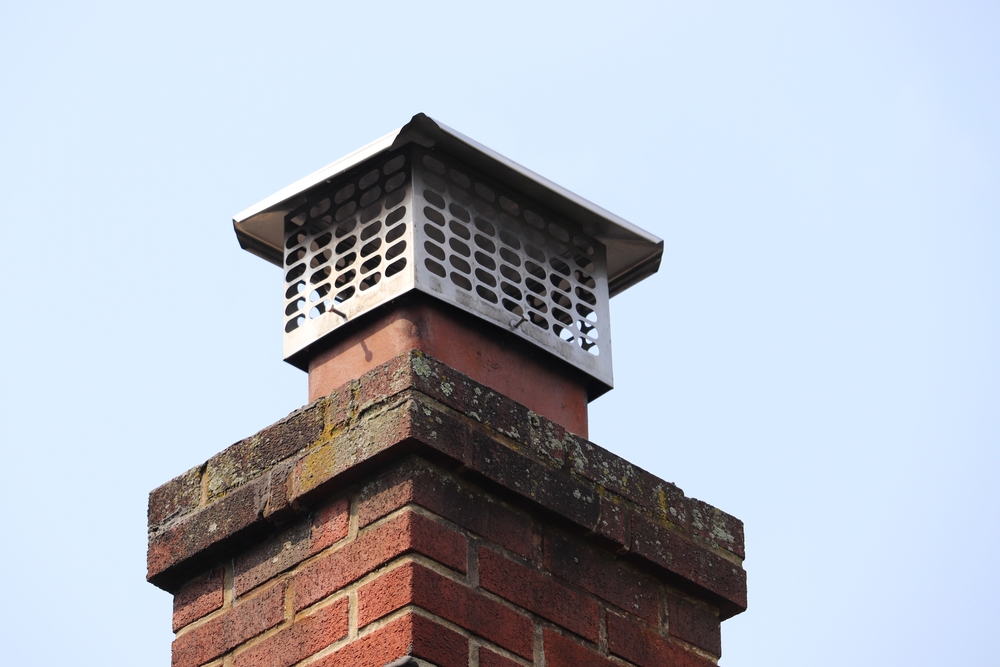When your clients are getting ready to list their homes on the market, there are many different parts of the home that need to be inspected. One of the most important things is the chimney. As a real estate agent, you aren’t expected to be performing these inspections, but it’s a good idea to have a base level of understanding about the different parts of the chimney so that you can answer some questions for your clients. Here are some of the different parts of the chimney that are checked when you are listing or selling a home for your client.
Chimney Cap
Chimney caps are installed on the very top of a chimney. They help to keep things out of the chimney and fireplace, including wildlife, yard debris, moisture, and anything else that does not belong. While caps are commonplace today, they were not always installed on chimneys and they can become damaged over time. During the inspection, the chimney cap will be examined. If there is no cap, the inspector will recommend installing one.
Exterior Masonry
The outside of the chimney is made of bricks or masonry, and it’s what you can easily see on the outside of the home. Just like the bricks on the rest of the house, these are prone to spalling and other types of damage. During the inspection, the inspector will carefully look over the bricks and mortar for signs of damage. The bricks are a critical piece of the chimney structure, so repairs should never be put off.
Chimney Flue and Smoke Chamber
The chimney flue is one of the most important parts of an inspection, and it is the part of the chimney where smoke moves from the fire to the rest of the chimney to leave the house. The smoke chamber is seated just before the flue, and it has sloping to help guide smoke out of the flue. There is also a smoke shelf in the smoke chamber that will help to gather debris or moisture that makes it past the chimney cap. Both of these parts of the chimney are prone to soot and creosote accumulation, so cleaning them out is a must.
Chimney Liner
A chimney liner, as the name implies, lines the walls of the chimney so that smoke can easily exit at the top. There are numerous materials used for liners, including stainless steel and aluminum. Unfortunately, liners are not permanent, so they might need to be replaced or repaired. Some liners, like clay liners, are also prone to damage and experience poor wear and tear over time.
Make Chimney Inspections Easier
Call Clean Sweep Maryland today at 410-558-1111 for professional chimney sweep, slate roofing and duct cleaning services designed to keep all your listed properties clean and safe for sellers and buyers. If you have a prospective home buyer or home seller in need of chimney inspection or repairs, we are here to help.



